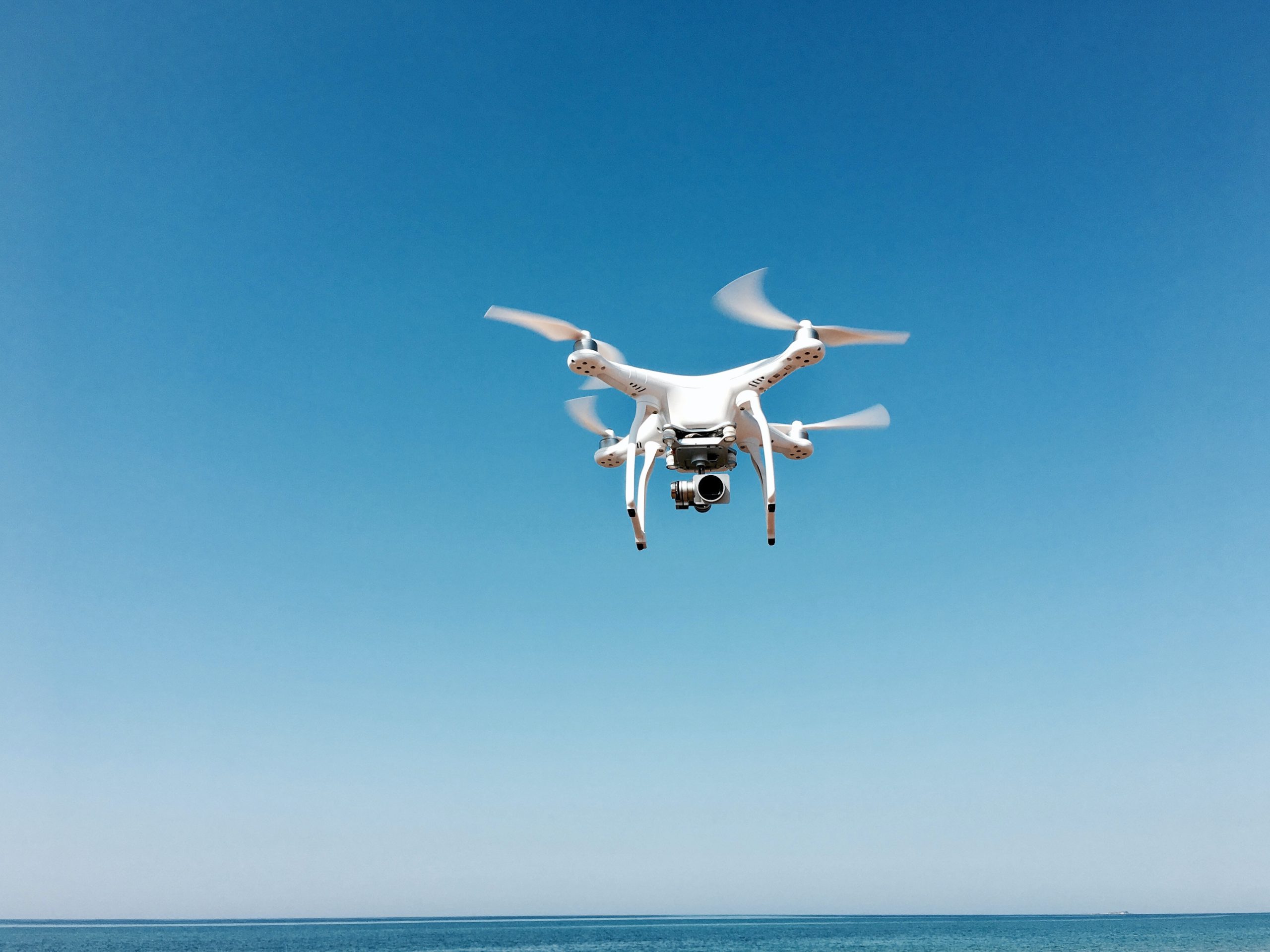Introduction
Maritime security plays a crucial role in protecting our oceans and waterways from various threats, such as piracy, terrorism, and smuggling. As the seas continue to be vital for global trade and transportation, it is imperative to employ advanced technological solutions to enhance security measures. In this article, we will delve into the role of technology in maritime security, examining its significance and the innovative advancements that have revolutionized this domain.
The Significance of Technology in Maritime Security
Enhanced Surveillance and Monitoring
With the aid of cutting-edge technology, maritime authorities can achieve unparalleled surveillance and monitoring capabilities over vast expanses of water. These advancements have paved the way for the development of sophisticated radar systems, sonar technologies, and satellite imagery, enabling real-time tracking and identification of vessels. Through this comprehensive surveillance network, authorities can swiftly detect and respond to potential security threats, thereby ensuring the safety of maritime operations.
Intelligent Systems and Automation
The integration of intelligent systems and automation has been a game-changer in maritime security. Artificial Intelligence (AI) have significantly improved threat detection and risk assessment processes. These systems can analyze vast amounts of data and identify patterns or anomalies, aiding in the identification of potential security breaches. By automating routine tasks, such as cargo inspections and port security, technology enables human resources to focus on more critical aspects of security management.
Communication and Information Sharing
Efficient communication and information sharing are essential for effective maritime security. Advanced technology has transformed communication networks, enabling seamless connectivity between vessels, ports, and maritime authorities. Through encrypted channels, information can be shared swiftly and securely, facilitating prompt response to security incidents. Additionally, technological innovations have enhanced interoperability among different maritime security agencies, fostering collaboration and enabling coordinated efforts in combating maritime threats.
Technological Advancements in Maritime Security
Unmanned Systems and Drones
Unmanned systems, such as drones and autonomous underwater vehicles (AUVs), have revolutionized maritime security operations. Equipped with advanced sensors and imaging capabilities, these unmanned platforms can conduct surveillance, monitor restricted areas, and even identify potential threats. They can reach remote or hazardous locations, gathering critical information without endangering human lives. The utilization of unmanned systems has not only increased situational awareness but also reduced response times, ensuring a more proactive approach to maritime security.
Biometrics and Access Control
Biometric technologies have found their way into maritime security systems, bolstering access control and identity verification processes. Biometric scanners, such as fingerprint and facial recognition systems, are being deployed at ports and onboard vessels to authenticate the identity of crew members and passengers. These systems not only enhance security but also streamline procedures, reducing processing times and ensuring smoother operations. By leveraging biometric data, authorities can maintain comprehensive records and effectively manage access to sensitive areas.
Cybersecurity Measures
As technology evolves, so do the threats posed by cybercriminals. Maritime infrastructure and vessels are increasingly interconnected, making them vulnerable to cyber attacks. To safeguard critical systems and data, robust cybersecurity measures are essential. Advanced firewalls, intrusion detection systems, and encryption techniques help fortify networks and protect against unauthorized access. Regular audits and training programs ensure that personnel remain vigilant against cyber threats and adhere to best practices. The integration of technology and cybersecurity practices ensures the integrity and resilience of maritime security systems.
The Future of Technology in Maritime Security
As we look ahead, the role of technology in maritime security will only continue to expand. Here are some potential future developments:
Autonomous Vessels
The rise of autonomous vessels holds great promise for enhancing maritime security. These self-navigating ships can be equipped with advanced sensors, enabling them to detect and respond to security threats effectively. Autonomous vessels can patrol vast areas, conduct surveillance, and act as platforms for unmanned systems. With reduced human error and increased operational efficiency, they represent a significant advancement in maritime security technology.
Advanced Data Analytics
The advent of big data analytics and predictive modeling will further empower maritime security efforts. By harnessing vast amounts of data from various sources, authorities can identify trends, detect patterns, and anticipate potential threats. Predictive analytics can enable proactive decision-making, facilitating preemptive actions to mitigate security risks. The integration of advanced data analytics with existing surveillance systems will significantly enhance situational awareness and operational effectiveness.
Conclusion
Technology plays a pivotal role in maritime security, bolstering surveillance, intelligence gathering, communication, and response capabilities. The continuous advancements in technology have enabled authorities to combat evolving threats effectively. By embracing cutting-edge solutions such as unmanned systems, biometrics, and cybersecurity measures, we can ensure the safety and integrity of our seas and oceans. As the role of technology in maritime security expands, it is imperative that we continue to invest in research and development, fostering innovation and collaboration to safeguard our maritime interests for generations to come.




